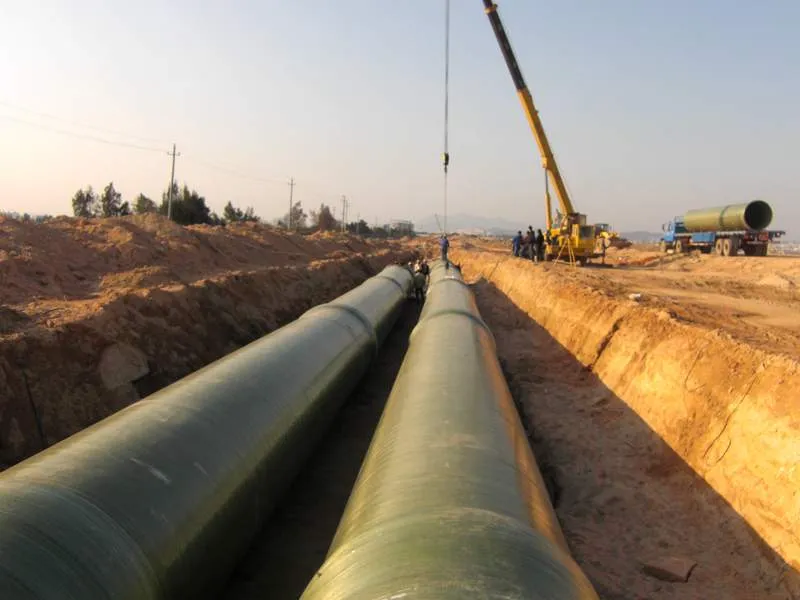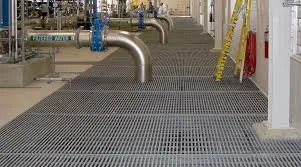
-
 Afrikaans
Afrikaans -
 Albanian
Albanian -
 Amharic
Amharic -
 Arabic
Arabic -
 Armenian
Armenian -
 Azerbaijani
Azerbaijani -
 Basque
Basque -
 Belarusian
Belarusian -
 Bengali
Bengali -
 Bosnian
Bosnian -
 Bulgarian
Bulgarian -
 Catalan
Catalan -
 Cebuano
Cebuano -
 China
China -
 China (Taiwan)
China (Taiwan) -
 Corsican
Corsican -
 Croatian
Croatian -
 Czech
Czech -
 Danish
Danish -
 Dutch
Dutch -
 English
English -
 Esperanto
Esperanto -
 Estonian
Estonian -
 Finnish
Finnish -
 French
French -
 Frisian
Frisian -
 Galician
Galician -
 Georgian
Georgian -
 German
German -
 Greek
Greek -
 Gujarati
Gujarati -
 Haitian Creole
Haitian Creole -
 hausa
hausa -
 hawaiian
hawaiian -
 Hebrew
Hebrew -
 Hindi
Hindi -
 Miao
Miao -
 Hungarian
Hungarian -
 Icelandic
Icelandic -
 igbo
igbo -
 Indonesian
Indonesian -
 irish
irish -
 Italian
Italian -
 Japanese
Japanese -
 Javanese
Javanese -
 Kannada
Kannada -
 kazakh
kazakh -
 Khmer
Khmer -
 Rwandese
Rwandese -
 Korean
Korean -
 Kurdish
Kurdish -
 Kyrgyz
Kyrgyz -
 Lao
Lao -
 Latin
Latin -
 Latvian
Latvian -
 Lithuanian
Lithuanian -
 Luxembourgish
Luxembourgish -
 Macedonian
Macedonian -
 Malgashi
Malgashi -
 Malay
Malay -
 Malayalam
Malayalam -
 Maltese
Maltese -
 Maori
Maori -
 Marathi
Marathi -
 Mongolian
Mongolian -
 Myanmar
Myanmar -
 Nepali
Nepali -
 Norwegian
Norwegian -
 Norwegian
Norwegian -
 Occitan
Occitan -
 Pashto
Pashto -
 Persian
Persian -
 Polish
Polish -
 Portuguese
Portuguese -
 Punjabi
Punjabi -
 Romanian
Romanian -
 Russian
Russian -
 Samoan
Samoan -
 Scottish Gaelic
Scottish Gaelic -
 Serbian
Serbian -
 Sesotho
Sesotho -
 Shona
Shona -
 Sindhi
Sindhi -
 Sinhala
Sinhala -
 Slovak
Slovak -
 Slovenian
Slovenian -
 Somali
Somali -
 Spanish
Spanish -
 Sundanese
Sundanese -
 Swahili
Swahili -
 Swedish
Swedish -
 Tagalog
Tagalog -
 Tajik
Tajik -
 Tamil
Tamil -
 Tatar
Tatar -
 Telugu
Telugu -
 Thai
Thai -
 Turkish
Turkish -
 Turkmen
Turkmen -
 Ukrainian
Ukrainian -
 Urdu
Urdu -
 Uighur
Uighur -
 Uzbek
Uzbek -
 Vietnamese
Vietnamese -
 Welsh
Welsh -
 Bantu
Bantu -
 Yiddish
Yiddish -
 Yoruba
Yoruba -
 Zulu
Zulu
FRP Clarifier System Efficient Water & Solid Treatment Solutions
- Understanding the role of FRP clarifiers in modern water treatment
- Technical advantages of fiberglass clarifier systems
- Performance comparison: FRP vs traditional clarifier materials
- Customization strategies for industrial water treatment needs
- Real-world applications across different industries
- Cost-benefit analysis and operational efficiency metrics
- Future developments in FRP clarifier technology

(frp clarifier)
Revolutionizing Water Treatment with FRP Clarifier Systems
Fiberglass Reinforced Plastic (FRP) clarifiers have emerged as game-changers in industrial water treatment, offering superior performance compared to conventional concrete or steel systems. Municipalities and industrial facilities handling 500,000+ gallons daily increasingly adopt FRP clarifier systems due to their corrosion resistance and 30-40% longer service life.
Engineering Superiority of Fiberglass Clarifiers
Modern FRP clarifiers demonstrate:
- 98.7% corrosion resistance in pH ranges 2-12
- 50% reduction in maintenance costs versus steel alternatives
- 3.5x faster installation through modular construction
Material Performance Comparison
| Parameter | FRP | Concrete | Stainless Steel |
|---|---|---|---|
| Lifespan (years) | 25-35 | 15-20 | 12-18 |
| Maintenance Frequency | Biennial | Quarterly | Monthly |
| Chemical Resistance | Class A | Class C | Class B |
Tailored Solutions for Industrial Requirements
Leading manufacturers now offer customizable FRP clarifiers with:
- Diameter configurations from 10ft to 150ft
- Flow rate adaptability (50-5,000 GPM)
- Integrated IoT monitoring systems
Implementation Case Studies
A chemical processing plant achieved 87% sludge reduction using FRP clarifiers with automated scraping mechanisms. Municipal wastewater facilities report 92% operational uptime after switching to fiberglass systems.
Operational Economics
Lifecycle cost analysis reveals:
- $2.14 per 1,000 gallons treated (FRP)
- $3.75 per 1,000 gallons (Concrete)
- $4.20 per 1,000 gallons (Steel)
Advancing Water Treatment Through FRP Clarifier Innovation
The global FRP clarifier market is projected to grow at 6.8% CAGR through 2030, driven by emerging membrane technologies and smart monitoring integration. Recent breakthroughs include self-cleaning surface coatings that reduce maintenance intervals by 40%.

(frp clarifier)
FAQS on frp clarifier
Q: What is an FRP clarifier system used for in water treatment?
A: An FRP clarifier system is designed to remove suspended solids and impurities from wastewater. It uses fiberglass-reinforced plastic (FRP) materials for durability and corrosion resistance, ensuring efficient water treatment processes.
Q: How does an FRP clarifier improve solid-liquid separation efficiency?
A: FRP clarifiers optimize solid-liquid separation through their corrosion-resistant design and streamlined flow patterns. The fiberglass construction minimizes maintenance and enhances long-term performance in harsh environments.
Q: What industries benefit most from fiberglass clarifier systems?
A: Industries like municipal wastewater treatment, chemical processing, and food production benefit from fiberglass clarifier systems. Their FRP design ensures reliability in handling corrosive or high-load effluents.
Q: Why choose FRP clarifiers over traditional metal alternatives?
A: FRP clarifiers are lighter, non-corrosive, and require less maintenance compared to metal clarifiers. They also offer a longer lifespan, reducing operational costs in water treatment applications.
Q: How is maintenance handled for an FRP clarifier system?
A: Maintenance for FRP clarifier systems is minimal due to their corrosion-resistant fiberglass construction. Routine inspections and occasional cleaning of components like weirs and baffles ensure optimal performance.
Latest news
-
Premium Fiberglass Hoods Durable FRP Solutions & Custom SizesNewsMay.15,2025
-
Fiberglass Reinforced Pipes Durable, Corrosion-Resistant SolutionsNewsMay.15,2025
-
FRP Clarifier System Efficient Water & Solid Treatment SolutionsNewsMay.15,2025
-
FRP Manhole Covers Durable, Lightweight & Corrosion-Resistant SolutionsNewsMay.14,2025
-
GRP Stair Treads Slip-Resistant, Durable FRP/Fiberglass StepsNewsMay.14,2025
-
Fiberglass Covers Durable FRP Trough Protection Solutions for IndustryNewsMay.14,2025









